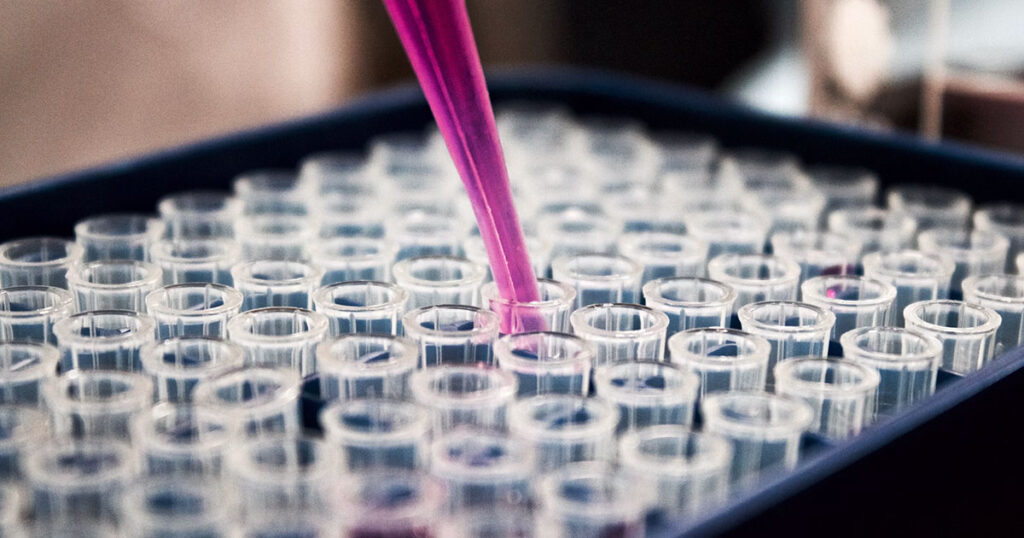What is Semaglutide?
Semaglutide is a peptide that has gained significant attention in the medical and health communities. It is primarily known for its role in the management of type 2 diabetes and obesity. Semaglutide is a glucagon-like peptide-1 (GLP-1) receptor agonist, which means it mimics the action of GLP-1, a hormone that helps regulate blood sugar levels and appetite.
Benefits of Semaglutide
- Blood Sugar Control: Semaglutide enhances insulin secretion in response to high blood sugar levels, helping to keep blood glucose within a normal range.
- Weight Loss: By slowing gastric emptying and reducing appetite, Semaglutide can aid in weight loss. This makes it beneficial for individuals struggling with obesity.
- Cardiovascular Benefits: Studies have shown that Semaglutide can reduce the risk of major cardiovascular events, such as heart attack and stroke, in individuals with type 2 diabetes.
Dosing Semaglutide from a 5mg Vial
When preparing and dosing Semaglutide from a 5mg vial, it is important to follow proper procedures to ensure accurate dosing. Here’s a step-by-step guide:
- Reconstitution:
- Use a sterile syringe to add 2.5 mL of bacteriostatic water to the 5mg vial of Semaglutide.
- Gently swirl the vial to mix (do not shake vigorously).
- Calculating the Dose:
- After reconstitution, the concentration will be 2 mg/mL.
- Common starting doses are 0.25 mg per week, gradually increasing to 1 mg per week based on individual tolerance and therapeutic response.
- Drawing the Dose:
- For a 0.25 mg dose: Draw 0.125 mL.
- For a 0.5 mg dose: Draw 0.25 mL.
- For a 1 mg dose: Draw 0.5 mL.
Dosing Semaglutide from a 10mg Vial
For a 10mg vial, the reconstitution and dosing process are similar, with adjusted volumes to maintain accurate dosing:
- Reconstitution:
- Use a sterile syringe to add 5 mL of bacteriostatic water to the 10mg vial of Semaglutide.
- Gently swirl the vial to mix (do not shake vigorously).
- Calculating the Dose:
- After reconstitution, the concentration will be 2 mg/mL.
- The dosing strategy remains the same, starting with lower doses and increasing based on tolerance and response.
- Drawing the Dose:
- For a 0.25 mg dose: Draw 0.125 mL.
- For a 0.5 mg dose: Draw 0.25 mL.
- For a 1 mg dose: Draw 0.5 mL.
Administration Tips
- Semaglutide is typically administered subcutaneously (under the skin) in areas such as the abdomen, thigh, or upper arm.
- Rotate injection sites to avoid irritation.
- Follow your healthcare provider’s instructions regarding dosing and administration schedules.
Conclusion
Semaglutide is a powerful peptide with significant benefits for managing type 2 diabetes and aiding in weight loss. Proper dosing and administration are crucial to maximizing its therapeutic effects. Always consult with a healthcare professional before starting Semaglutide to ensure it is appropriate for your health needs.
Disclaimer: This blog is for informational purposes only and should not be considered medical advice. Always consult with a healthcare professional before starting any new treatment or supplement.




